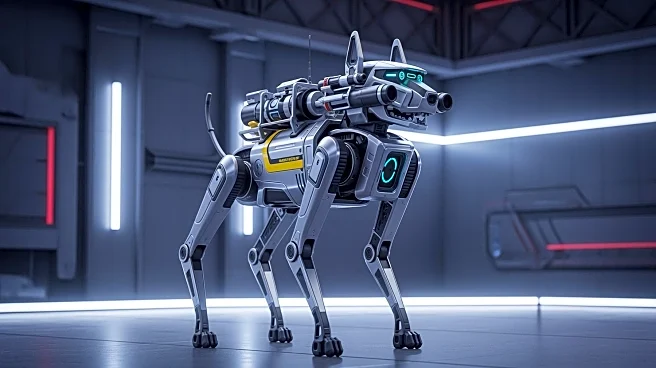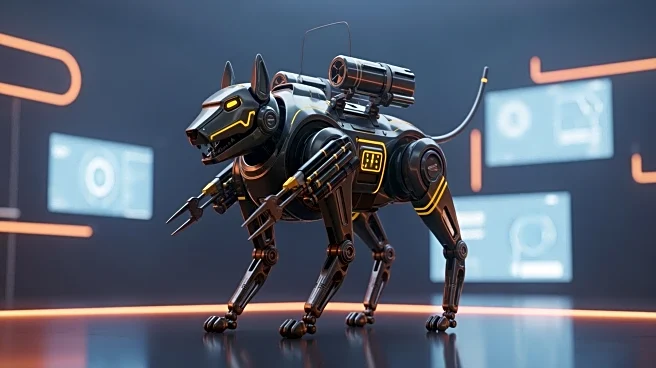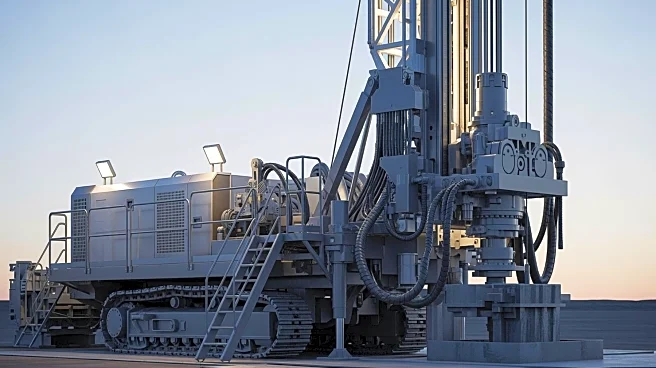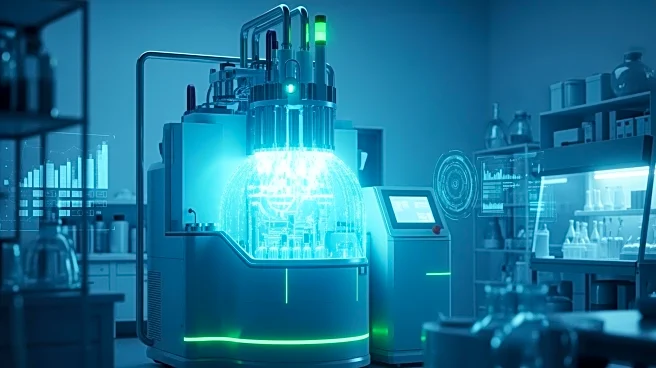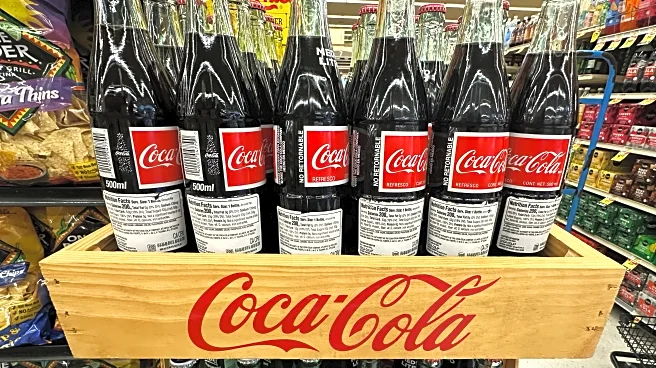What's Happening?
Robostore has developed the B2 robo dog, a robotic fire dog designed to assist in firefighting and rescue operations. Priced at $150,000, the B2 can withstand temperatures up to 572 degrees and is equipped
with a water cannon capable of blasting pressurized water at flames from 100 feet away. The robot, which is three feet tall and weighs 150 pounds, can navigate various terrains at speeds of 12 mph. It features thermal imaging sensors and mapping capabilities to detect trapped individuals in burning buildings. The B2 is expected to be available in the U.S. market by April 2026, following its initial launch in Asia.
Why It's Important?
The B2 robo dog represents a significant advancement in firefighting technology, offering enhanced safety and efficiency in high-risk environments. By reducing the need for human firefighters to enter dangerous situations, the B2 could potentially save lives and minimize injuries. Its ability to detect gas leaks and locate trapped individuals adds critical value to rescue operations. The introduction of such technology may lead to increased automation in emergency services, potentially transforming traditional firefighting methods and improving response times.
What's Next?
As the B2 prepares for its U.S. debut, fire departments may begin evaluating its potential integration into their operations. The success of the B2 could encourage further investment in robotic technology for emergency services, leading to more widespread adoption and development of similar devices. Stakeholders, including local governments and fire departments, may explore funding options to acquire the B2, considering its long-term benefits and cost-effectiveness.
Beyond the Headlines
The development of the B2 highlights ethical considerations regarding the use of robotics in emergency services, such as the potential impact on employment and the need for regulatory frameworks to ensure safe and effective deployment. Additionally, the B2's capabilities may influence public perception of robotics, fostering greater acceptance and trust in automated systems for critical tasks.
